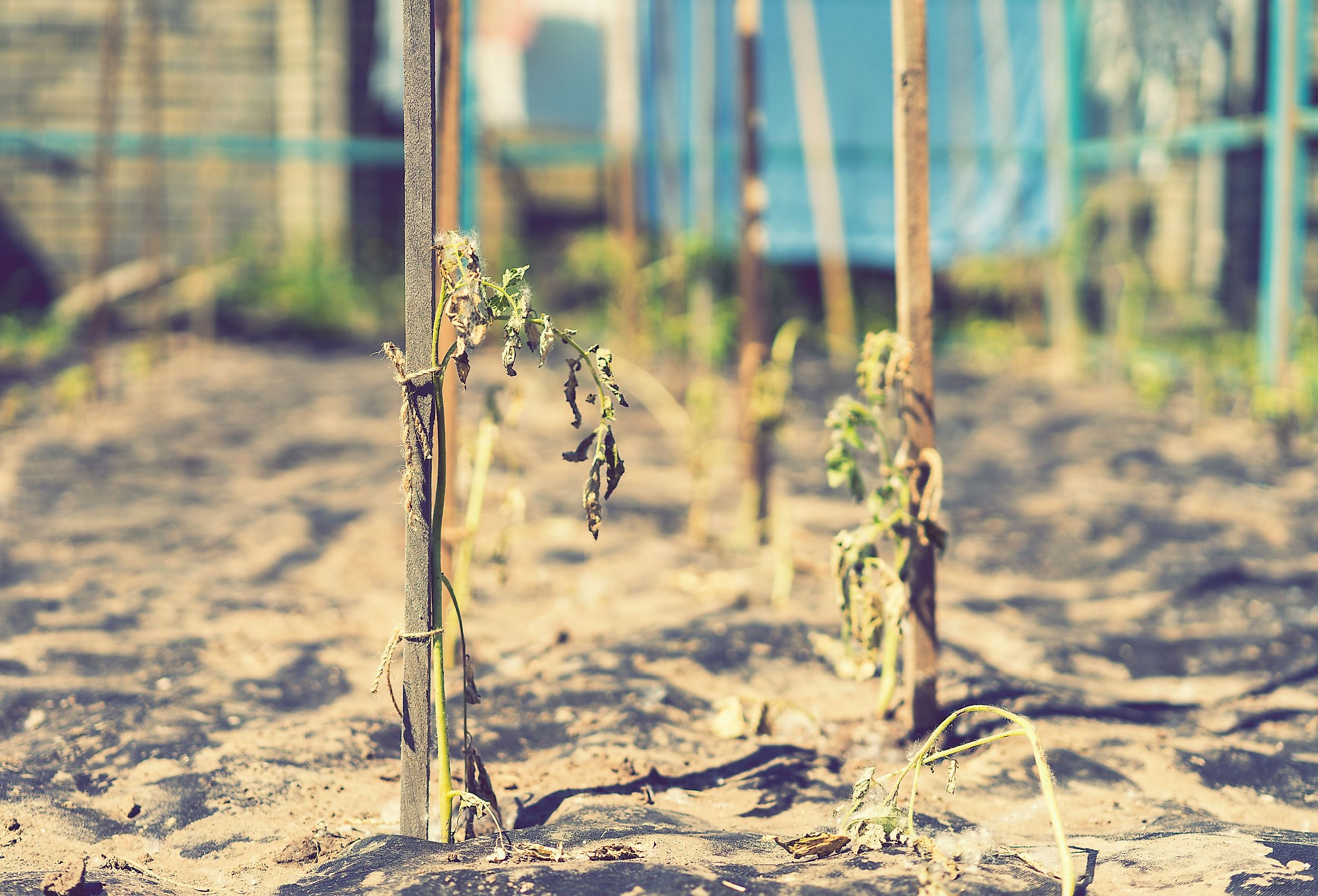
Drought
Drought refers to the period when a specific region or an area gets less-than-average rainfall or lacks surface or groundwater, leading to extended periods of lower water supply. It is thus difficult to give an accurate, universally accepted definition of this “complex phenomenon” because of its varied characteristics and effects across different regions of the planet. One of the most significant physical hazards to agricultural practices in almost all areas of the world, droughts often result in severe impacts like the lessening of groundwater or soil moisture and streamflow; sizeable hydrologic imbalance; and crop damages. All these effects put several livelihoods and ecosystems at significant risk, and in extreme cases, drought can lead to catastrophic economic and social disasters like famine, conflict over remaining resources, and forceful migration from the areas affected by drought. It is estimated that droughts are responsible for about 60% of all deaths caused due to extreme weather events, and by 2030 more than 700 million people are at risk of being displaced due to droughts. Currently, as a consequence of anthropogenic climate change, drought is becoming more powerful and a reoccurring climatic feature in many regions.
Categories Of Drought
Drought is thought to occur when the rates of evaporation and transpiration are more than the rate of precipitation for a decent period. Based on where the moisture deficiency takes place in the hydrological cycle, there are three principal categories of droughts with the same effects but distinctive causes. These are Hydrological Drought, Agricultural Drought, and Meteorological Drought.
Hydrological Drought
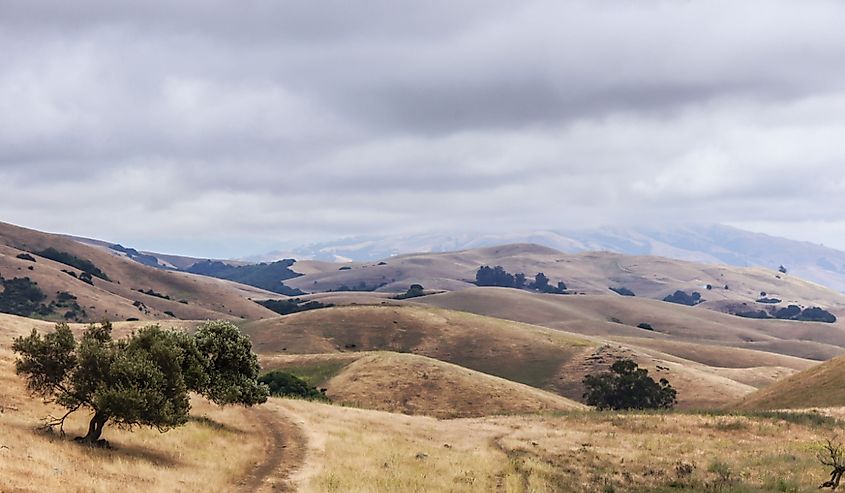
Hydrological Drought occurs when the water reserves in discrete sources like aquifers, reservoirs, lakes, and rivers become scanty, resulting in a water shortage for common and specified purposes. Meteorological Drought generally precedes hydrological drought by many months, where scant precipitation and high temperatures lead to the drying up of the water bodies. This type of drought involves stored water that is not correctly replenished, so it occurs extremely slowly and diminishes the water reserves. However, changes in weather conditions do not solely result in hydrological droughts. For instance, when a country redirects a vital water source toward its own territory, it results in the drying up of the neighboring territory and leads to a hydrological drought in that region.
Agricultural Drought
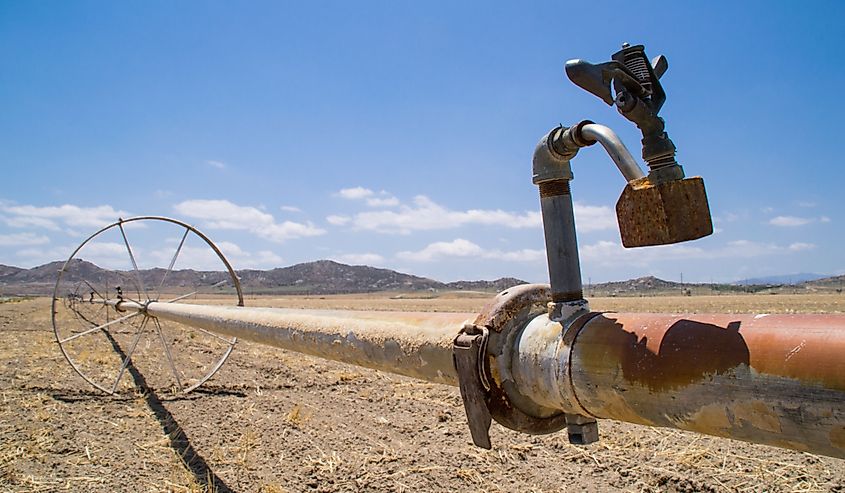
Also referred to as ecological drought, agricultural droughts are usually brought about by hydrological and meteorological droughts. This type of drought occurs when insufficient precipitation and soil moisture during the growing season negatively affects an area’s crop growth. Hydrological droughts are observed in non-irrigated agricultural regions, where the demand for water from plants depends on various conditions, such as the physical and biological properties of the soil, the natural characteristics of a particular plant, etc. In addition, poorly organized agricultural practices often lead to changes in soil characteristics, reducing the water required for appropriate crop growth.
Meteorological Drought
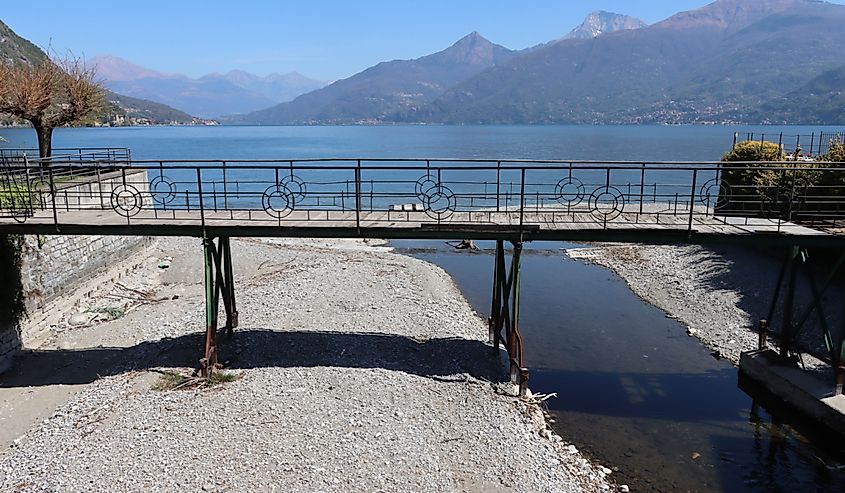
Meteorological droughts occur whenever there is a deficiency in precipitation from expected or normal levels over extended periods. Preceding all drought types, meteorological drought is brought about by various factors like higher levels of reflected sunlight, continental air masses carried by winds, and more than average prevalence of high-pressure systems. The severity of this type of drought depends on the immensity of precipitation shortage and the time of this shortfall event. There are two types of meteorological drought: when there is a rainfall deficit of about 26 to 50%, it is moderate drought; and when the rainfall deficit exceeds 50%, it is considered a severe drought.
Causes Of Droughts
Some of the principal factors that lead to drought are as follows:
Precipitation Deficiency
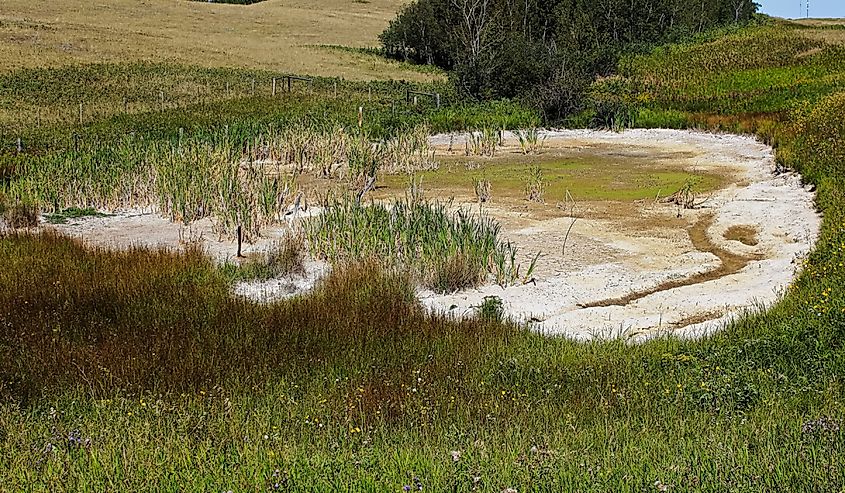
One of the major causes of drought is deficient levels of precipitation. Scanty rainfall over prolonged periods leads to streamflow decline, drying up of soil, and fall in the water levels in lakes and reservoirs. Unusual weather conditions like very high temperatures and wind pattern changes also result in low precipitation levels in an area.
Dry Season
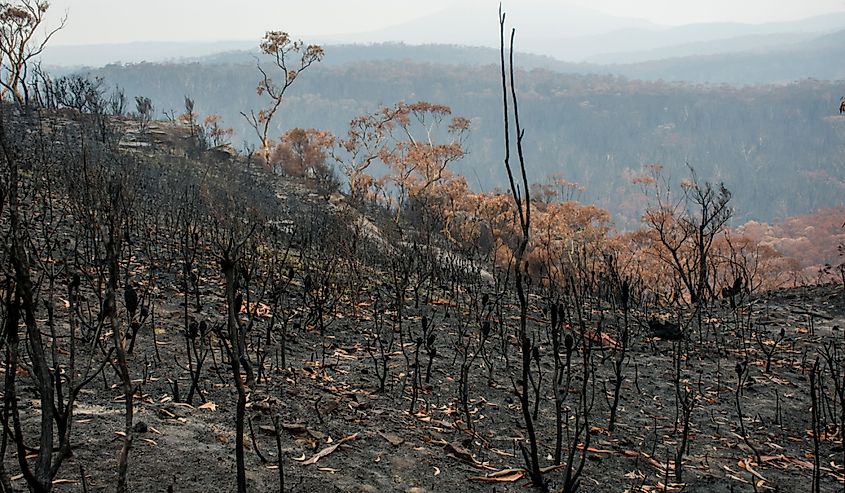
The dry season is a period of low annual rainfall in tropical areas that significantly increases the chances of drought occurrence. During this period, low humidity leads to the drying of rivers and water holes. As a result of the absence of these waterholes, many animals, like zebras, wildebeest, elephants, etc., are forced to migrate for exploring more fertile areas. Moreover, the water deficit in the plants makes bushfires quite common during the dry season.
El Nino-Southern Oscillation (ENSO)
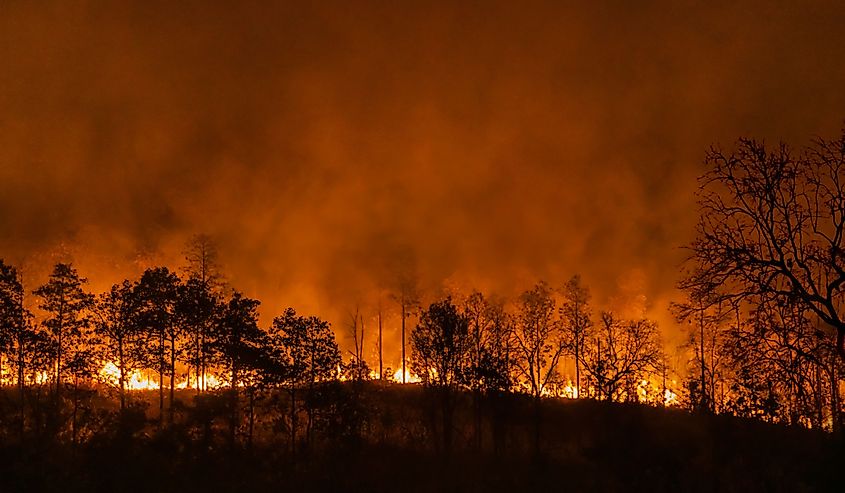
The ENSO climate phenomenon plays a vital role in causing droughts in different parts of the world. The ENSO has two distinct patterns called La Nina and El Nino in the central Pacific Ocean. La Nina usually leads to dry and hotter conditions worsening drought conditions in Southwestern United States, California, and often the American Southeast. In contrast, El Nino leads to drier and hotter weather in different parts of the Amazon River Basin, Colombia, and Central America. The direct effects of El Nino are also experienced in portions of Southeast Asia, Northern Australia, and Africa.
Climate Change
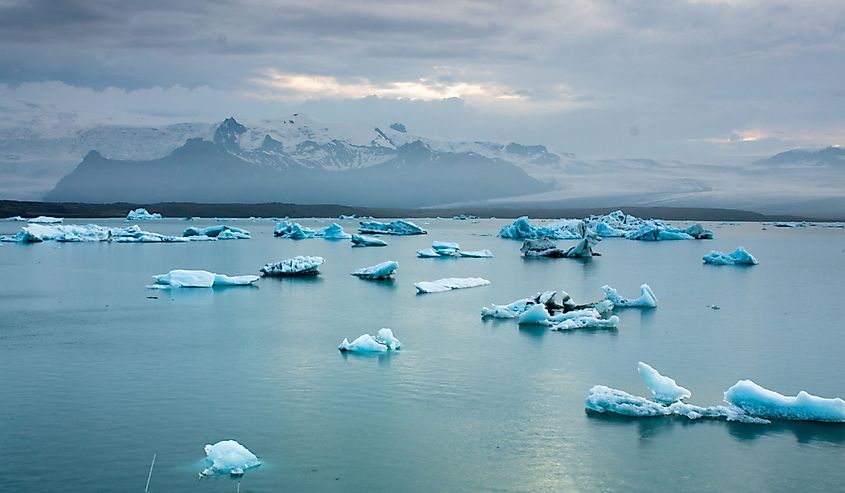
Climate change induced by global warming is one of the significant factors leading to drought and severe agricultural impacts, mostly in developing nations. Studies have predicted that due to global warming, some regions will receive comparatively less rainfall in the future and thus will be more prone to droughts. Moreover, high temperatures will lead to increased evaporation rates causing soils to dry up and increase plant stress that will impact agricultural activities.
Human Activities
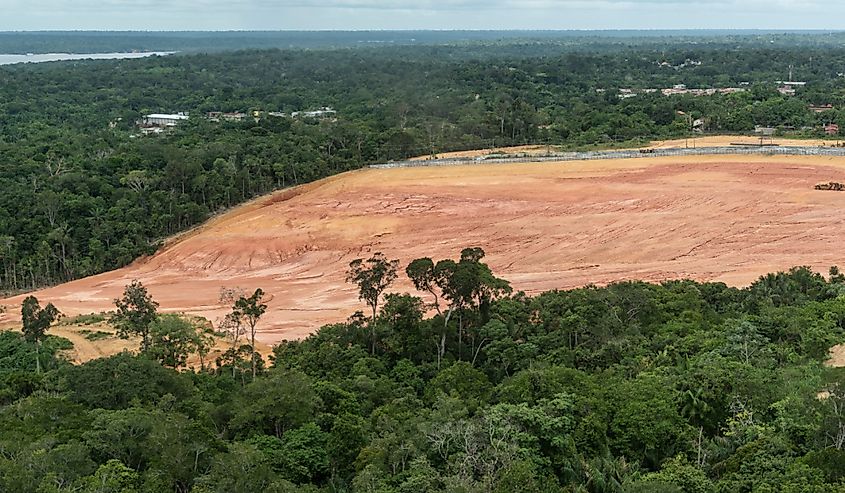
Many human activities, like over-farming and over-irrigation, negatively impact the ability of the land to hold water and therefore lead to drought. In addition, deforestation can also trigger droughts as the absence of trees makes the soil vulnerable to erosion by wind and water. For instance, it is estimated that the soil loss by wind erosion in the Great Plains is about 6100 times more in drought than in wet years.
Countries That Are Most Affected By Droughts
Droughts have become the most severe hazard in nearly every part of our planet. As per the World Health Organization, about 55 million people worldwide are directly affected by droughts annually. Moreover, about 40% of the world’s population is critically impacted by water scarcity, and more than 700 million people are at risk of being displaced by 2030 due to droughts. Countries with the highest drought risk for combined agricultural systems include Botswana, Namibia, Zimbabwe, Algeria, Morocco, East Timor, Armenia, Hungary, Tunisia, and Yemen.
Some Worst Droughts Of The Past
Droughts are considered one of the earliest recorded climatic events, an account of which is present in an epic poem from Mesopotamia named “The Epic of Gilgamesh.” Throughout history, humans have tried to explain droughts as either natural disasters or caused by anthropogenic activities or the action of supernatural forces. It is believed that during the 13th century, droughts led to the decline of the Ancestral Puebloans in the American Southwest, and from the 14th to 16th centuries, it also led to a reduction in the central and lower Mississippian societies. The onset of extreme drought about 9,500 years ago led to a massive migration out of South America’s Atacama Desert. From 1400 to 1750, the Sahel region of Africa experienced drought conditions that changed the landscape completely. Conditions like the loss of crops, overpopulation, and high food prices continue to affect the Sahel region to date.
One of the most well-known droughts experienced by the United States is the Dust Bowl of the 1930s. By 1934, more than 80% of the nation was experiencing moderate to severe drought conditions. The combination of high temperatures, strong winds, and scanty rainfall affected approximately 50 million acres of land and had catastrophic effects on crop production in the Great Plains. In the 1950s, the Great Plains and Southwestern US were again affected by severe drought leading to a drop in crop production by about 50%. In the late 1980s, $15 billion worth of crops were destroyed by drought in the Corn Belt. Besides the United States, Australia has experienced severe droughts, such as The Big Dry or Millennium Drought. The Horn of Africa, which includes countries like Somalia, Eritrea, Ethiopia, and Djibouti, is also highly vulnerable to droughts and suffered one of the 20th century’s worst droughts between 1984 and 1985. It is estimated that in Ethiopia alone, droughts have killed at least 1 million people, 1.5 million livestock, and led to the forced migration of about 8.7 million people.
Negative Effects Of Drought
The effects of drought can be further divided into three categories: Social, Economic, and Environmental Effects.
Social Effects Of Drought
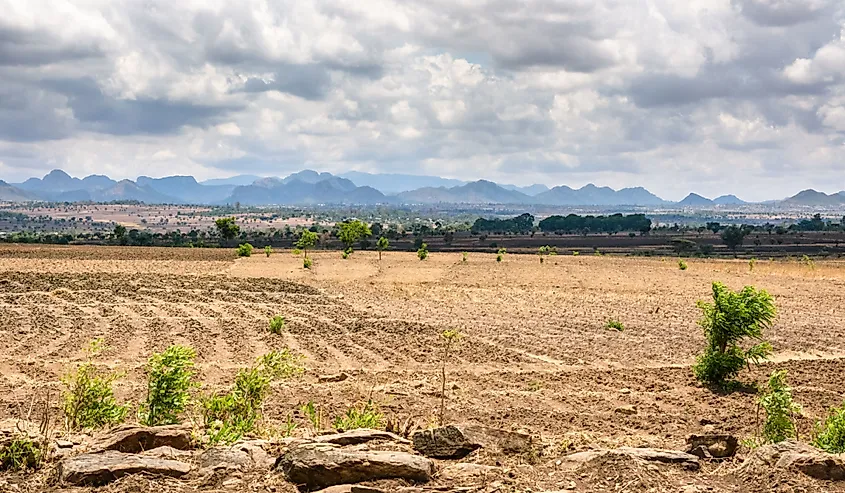
Some social and health consequences of drought include water scarcity leading to famines and crop failure, mass migration of people, war over essential natural resources, increased accumulation of cyanotoxin in food chains and water supply, and social unrest as violent activities become more common. Drought also impairs several people’s livelihoods and keeps them below the poverty level forever.
Economic Effects Of Drought
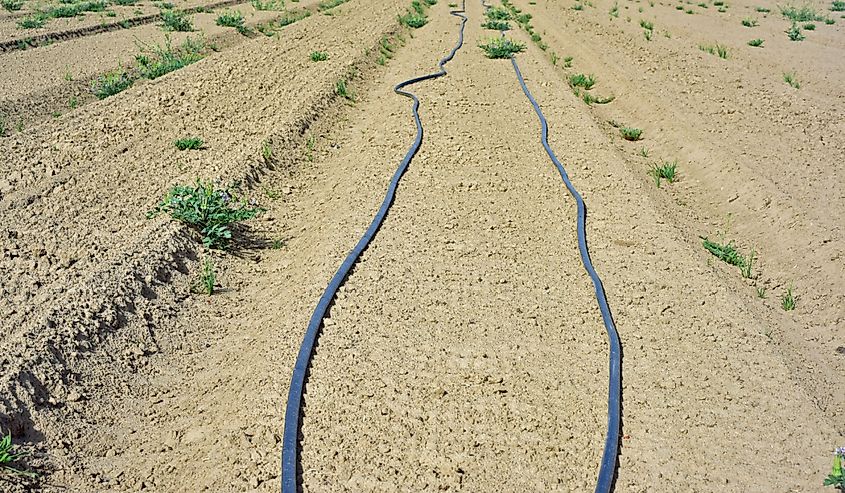
Some of the economic consequences of drought include diminished agricultural production and carrying capacity of livestock, high food production costs, shortage of water for industrial activities, reduced generation of electricity due to less water flow through hydroelectric dams, and reduction in transport and tourism revenues due to drying of water bodies.
Environmental Effects Of Drought
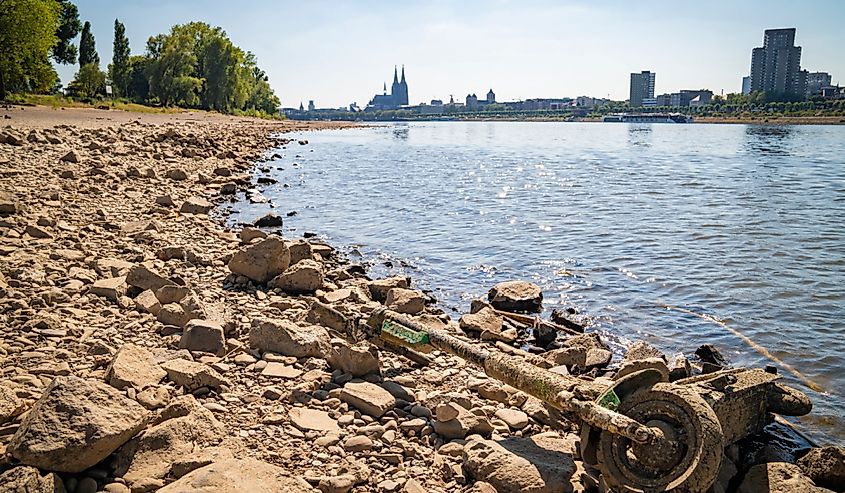
Some of the environmental consequences of drought include alteration in the functional diversity of plant communities, frequent occurrence of wildfires, dust bowls, and dust storms becoming more common, habitat damage and land degradation, loss of biodiversity, forced migration of various animals, and increased pollution of surface waters and degradation of water quality.
Mitigation Of Droughts
Effective measures are, therefore, the need of the hour to mitigate the devastating effects of droughts. Some of the drought mitigation strategies include properly planned crop rotation, the building of dams and reservoirs to provide extra water at times of drought, desalination, continuous monitoring of rainfall levels and comparing with current usage levels, outdoor water-use restriction, rainwater harvesting, water recycling, and building of aqueducts or redirecting rivers for irrigation in drought-prone regions.
Considering the devastating consequences of drought, policymakers across the world need to give careful attention to its mitigation measures for proper implementation on the ground. Moreover, in recent times, global warming and climate change will trigger droughts worldwide, causing them to be more intense, frequent, and long-lasting. Therefore, the concerned authorities must take necessary measures such as water conservation practices, identifying alternate water supplies, cultivating drought-resistant crops, and creating drought emergency plans and drought-proofing mechanisms.











